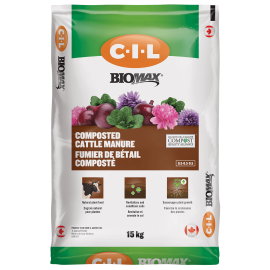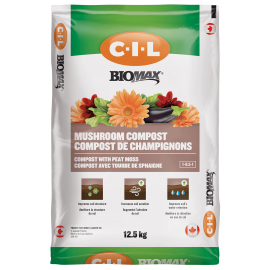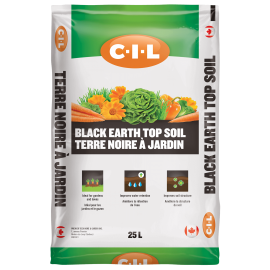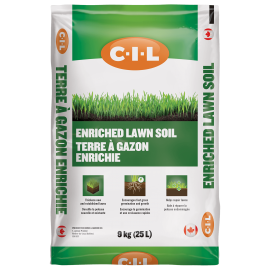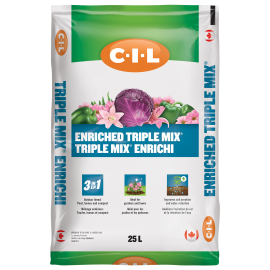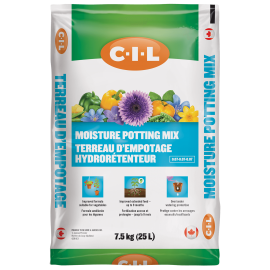How to Start an Indoor Herb Garden
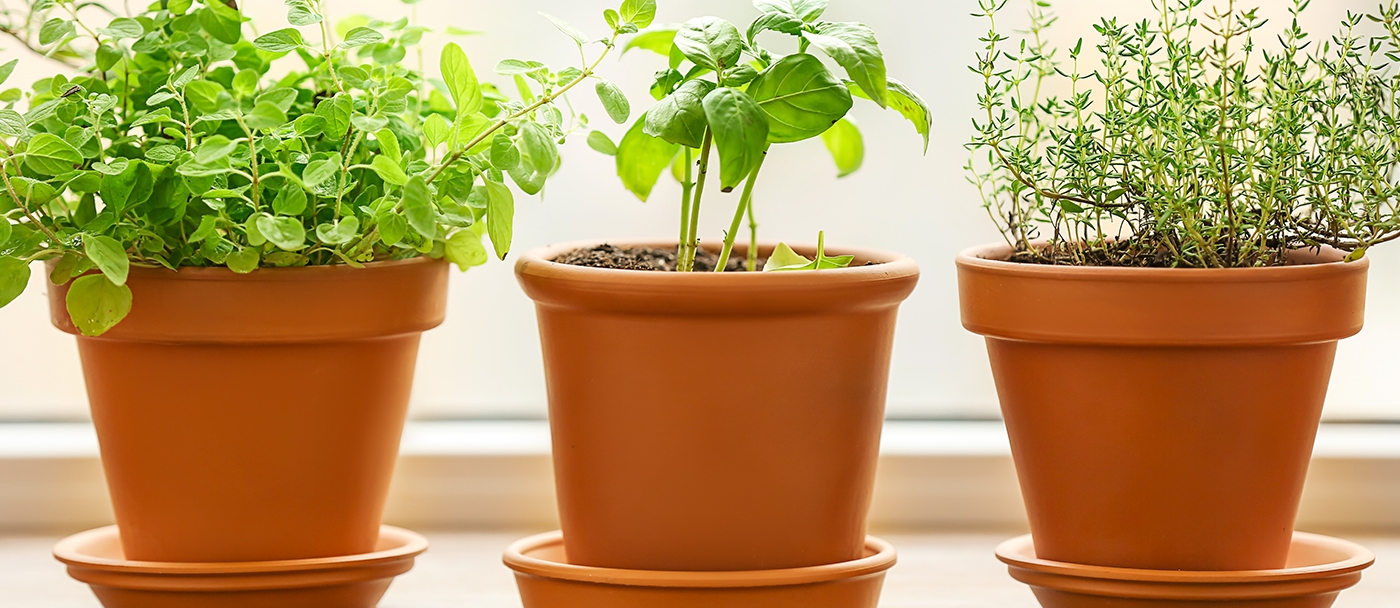
Starting an indoor herb garden is easy, doesn’t cost much and requires no prior experience, but you’ll discover that home-grown herbs are less expensive and taste much better than those found in most supermarkets.
Here’s how to grow an indoor herb garden:
1. Getting Started
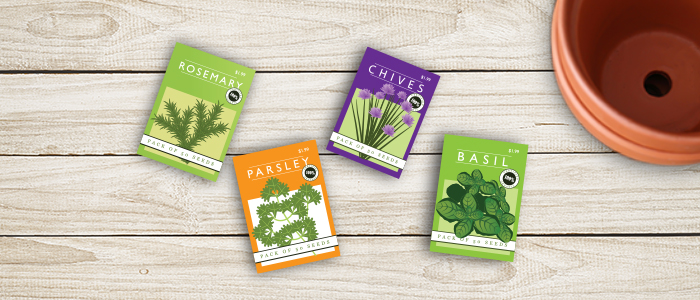
- Although you can plant many herbs from seed, most people prefer to start with small plants from a greenhouse or nursery.
- Choose herbs that do well year round. Herbs that grow well indoors include thyme, rosemary, tarragon, chives, oregano, parsley, mint, and lemon balm.
2. Choosing a Container
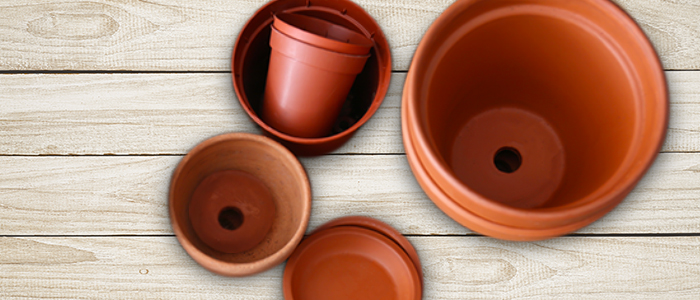
- Nearly any container with a depth of 15 to 20 cm is good as long as it has a drainage hole in the bottom.
- However, many people prefer terracotta pots which are porous and allow the soil to breathe, an important feature for herbs. The downside is that terracotta dries out faster than plastic or glazed ceramic containers.
- Either way, be sure to place the container on a saucer or tray to catch excess water.
3. Caring for Your Indoor Herb Garden
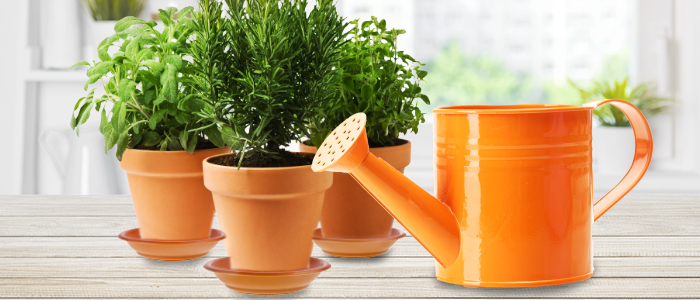
- Start with a good-quality potting mix that drains well but still retains moisture.
- It’s fine to plant more than one type of herb in the same pot, but be sure the plants have similar growing requirements in terms of sunlight and water. Be careful not to overcrowd the plants; herbs require good air circulation.
- Provide plenty of sunlight, as most herbs are Mediterranean plants that don’t do well in low light. A south-facing window is usually a good choice, but you may need to put the plants under fluorescent bulbs or grow lights if you can’t provide bright sunlight for at least five hours per day.
- Normal room temperatures between 16 and 21 C are fine, with cooler temperatures at night. If you put the herbs on a windowsill, be careful that the plants don’t touch the glass. The herbs may get nipped during the weather or scorched during the summer.
- Water your herb garden when the soil is dry. Pour remaining water from the saucer after watering and never let the pots stand in water.
- Feed your herbs monthly during spring and summer, using an organic fertilizer or other product safe for edible plants.
